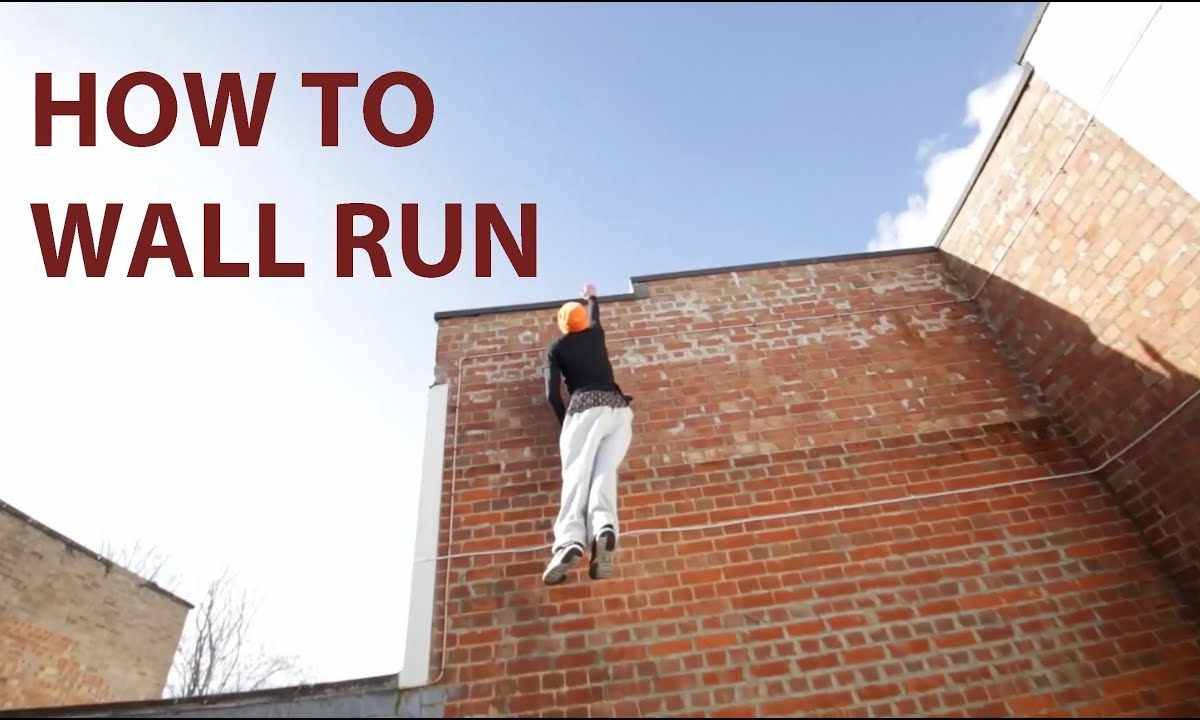The parkour which is actively taking more and more young people in the ranks opens for the person opportunities unprecedented hitherto. City scenery acquire new colors and details, the beginning treyser sees not only ordinary sidewalks, but also more fascinating ways for movement. After some training even the 3-meter wall stops being too serious hindrance on the way.
Instruction
1. Define what leg it is more convenient to you to make a start from the wall. For convenience of the description further the right leg will be considered as jog (i.e. it the first concerns the wall).
2. Calculate steps so that you could reach the maximum speed and to be ready to breakthrough about the wall. The first several steps can be taken on the zigzag curve – it will allow you to increase distance for dispersal.
3. The push from the earth is made by the left leg. Realize that the gained speed and inertia with guarantee "will carry" you to the wall therefore the push will become the howler forward. The left leg gives you the starting stock of height therefore be pushed up so as far as it is possible. Don't forget about the correct technique of the jump from one leg: at first unbend the knee, then strengthen the jump the foot.
4. The right leg at the time of contact with the wall is the analog of the spring gaining kinetic energy. It is necessary to bend the knee exactly so that you could straighten sharply it, having made a start. Collision, respectively, has to be absolutely elastic: you aspire to that could crash softly even into the most fragile wall. The sock touches the wall a little below than the belt.
5. Direct the vector of the movement of the body vertically up. The slightest deviation is the critical mistake back. The technique of the jump from one leg remains (only the amendment on the jog surface is made): at first the knee which with the force straightens the leg works, pushing you up. Then the push occurs by means of the sock.
6. On ideally plain surface the second step isn't recommended to be taken. In most cases the stock of energy isn't enough for that with the force to be pushed one more time, and therefore the second contact of the wall turns out only braking (raising the left leg up, you stop yourself). It is expedient to do similar only when the first step passes in the "softened" conditions (the wall consists of stones, one of which creates the small step).

